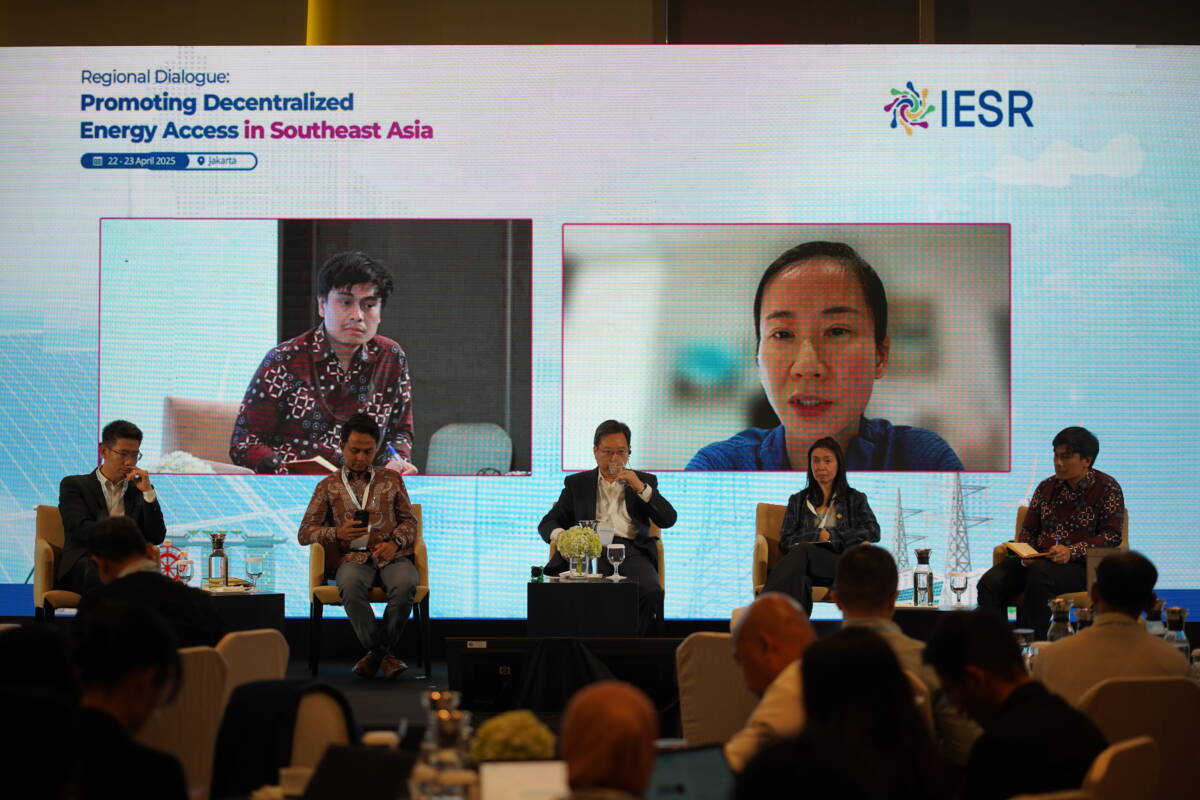
Learning from International Energy Decentralization Practices
Jakarta, April 22, 2025 – A decentralized energy system is a model for energy provision that is considered to have a more participatory approach because i... Read more.

New Opportunities from Energy Decentralization in Southeast Asia
Jakarta, April 22, 2025 – Southeast Asia is witnessing significant economic growth that has resulted in a drastic increase in energy demand. With its geog... Read more.
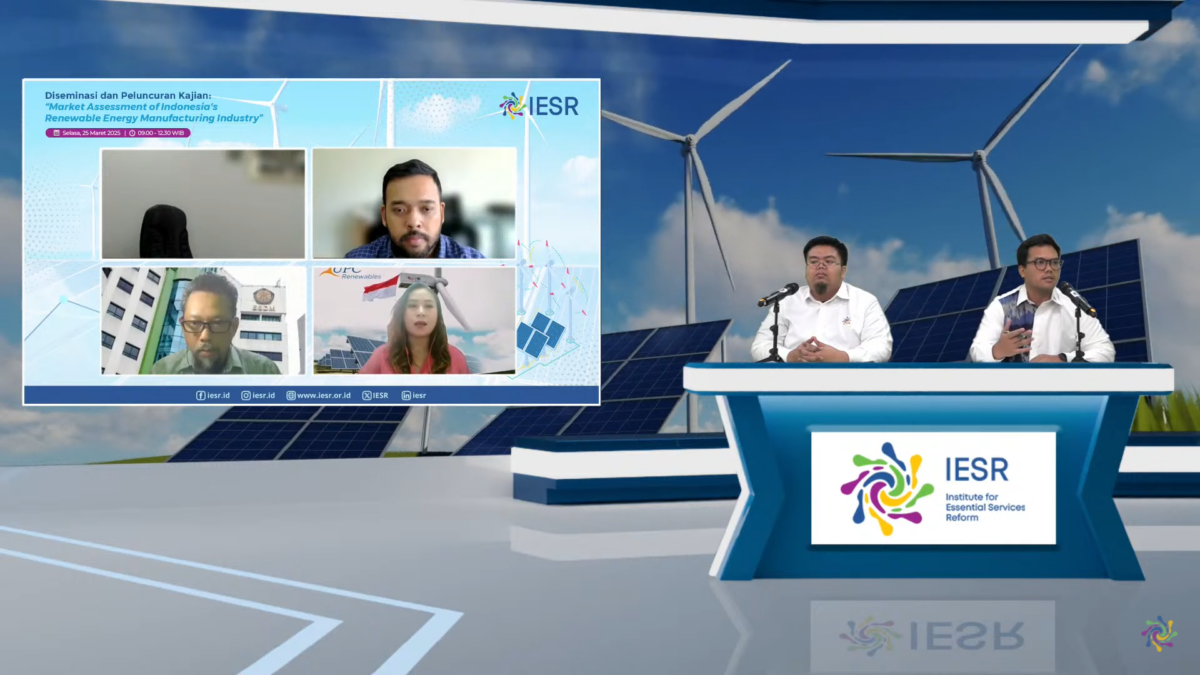
Building Indonesia’s Renewable Energy Manufacturing Supply Chain
Jakarta, March 25, 2025 – The existence of a domestic supply chain for renewable energy components is believed to be able to cut production costs and incr... Read more.
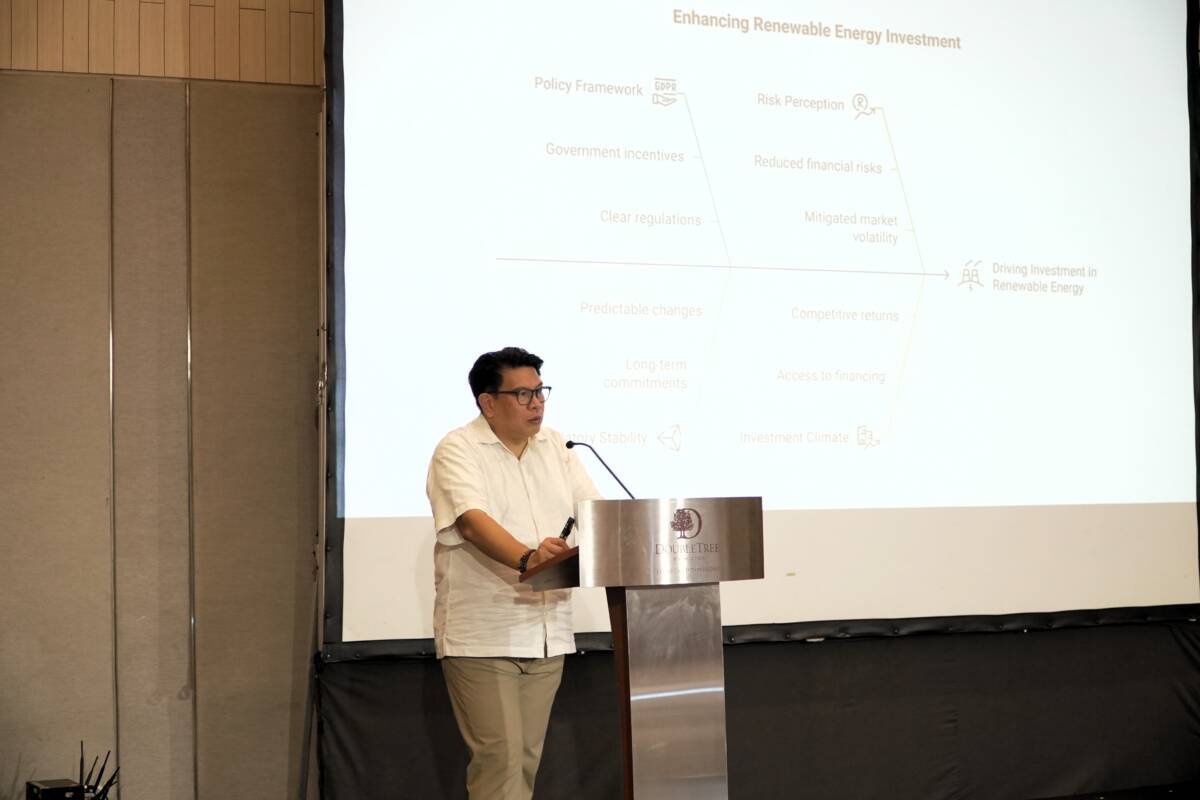
Policy Reform for a Just Energy Transition
Jakarta, March 24, 2025 – Indonesia has set a target for renewable energy mix, greenhouse gas emission reduction, and achieving net-zero emission status b... Read more.
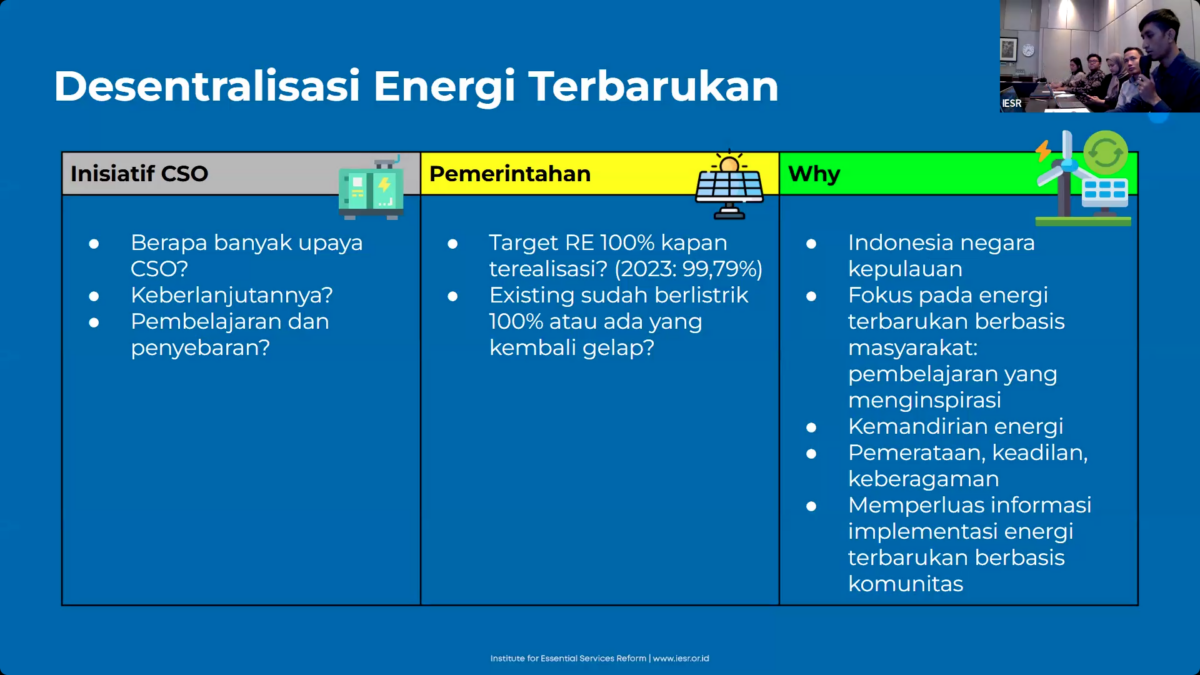
Compiling Energy Transition Stories Across Indonesia
Jakarta, March 21, 2025 – Civil society is one of the pillars of public policy advocacy strength. Collaboration between civil society organizations will h... Read more.
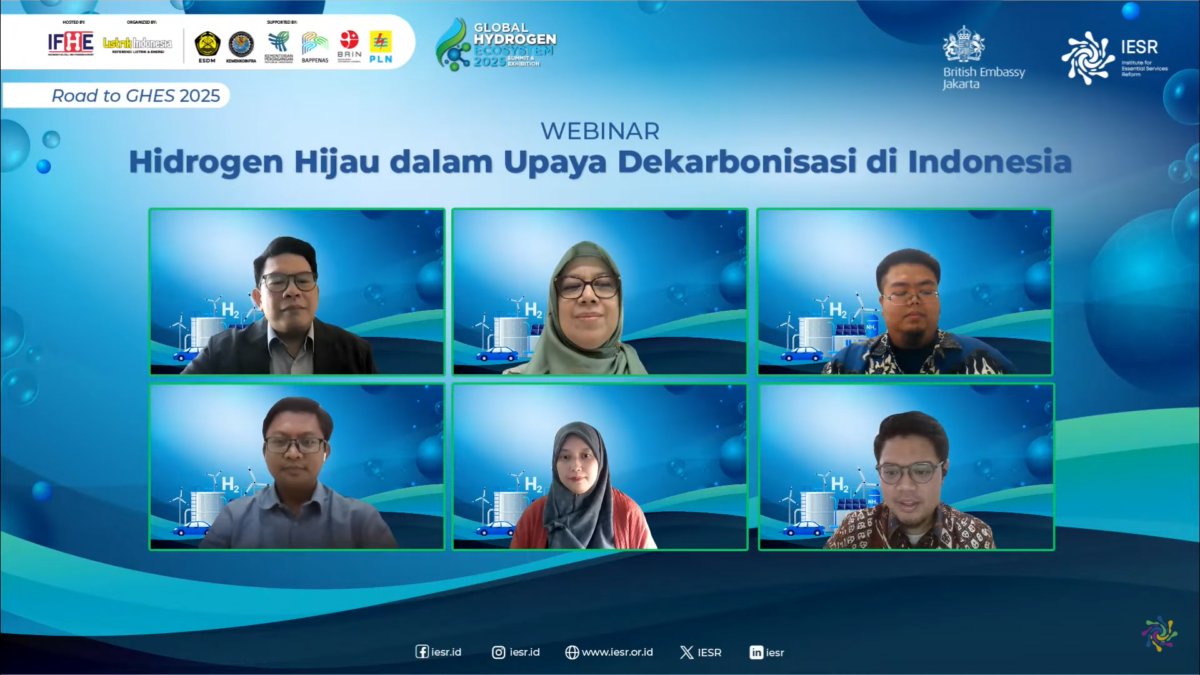
Encouraging Indonesia to Become a Key Actor in Green Hydrogen Development
Jakarta, March 18, 2025 – Decarbonization of the energy system needs to be carried out quickly and comprehensively. The use of technology that has proven ... Read more.

IESR: Indonesia’s 333 GW Renewable Energy Potential is Financially Viable
Jakarta, February 27, 2025 – The global trend of renewable energy use is increasing massively. This is supported by increasing innovation in renewable ene... Read more.

Understanding the Context of Southeast Asia’s Energy Transition Comprehensively
Putrajaya, February 20, 2025 – Southeast Asia is the region with the largest economic growth today. Economic growth goes hand in hand with the demand for ... Read more.
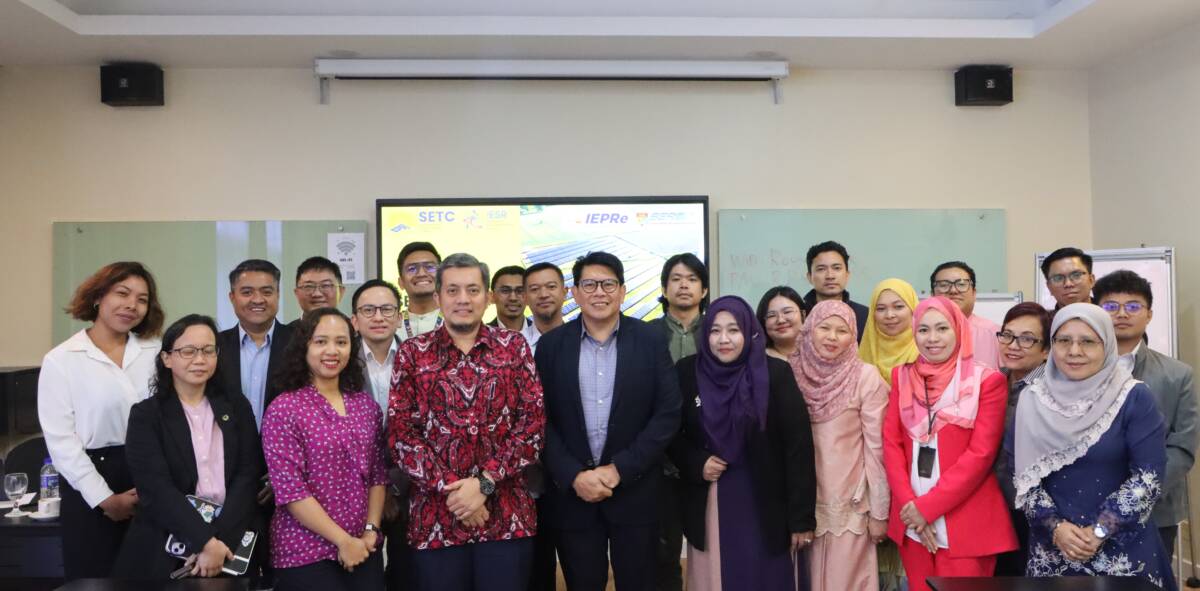
Building Understanding to Accelerate Energy Transition in Southeast Asia
Malaysia, 21 February 2025 – Malaysia’s ASEAN 2025 chairmanship has a number of priorities focuses in the energy sector. The idea of accelerat... Read more.

Building Energy Cooperation for an Integrated ASEAN Energy Transition
Malaysia, 19 February 2025 – ASEAN has become a strategic region with high economic growth and population density. This high activity has made the demand ... Read more.
